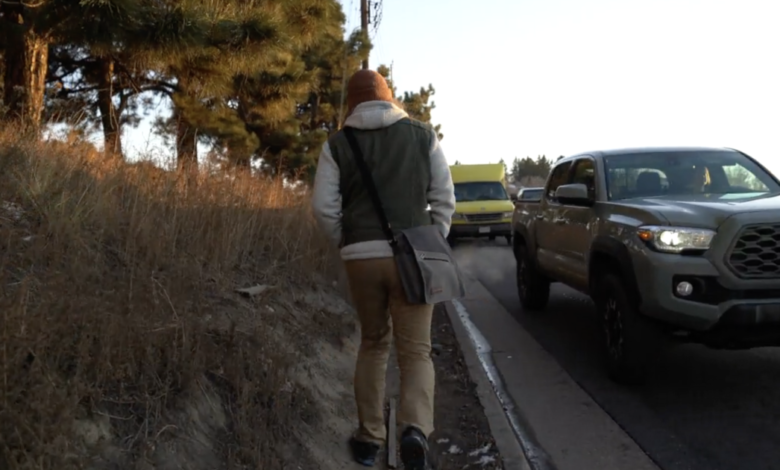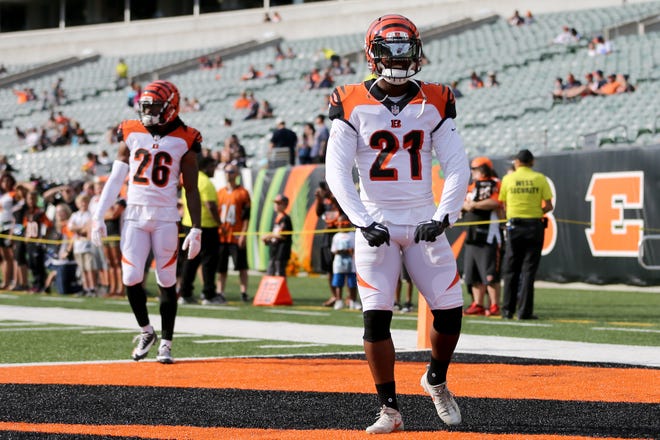
DENVER, Colo. — Jonathon Stalls knows the dangers of being a pedestrian in Denver. In the winter, he has to walk through mud and snow alongside busy streets.
"You have engineering that has long, long, been centering high-speed car traffic as the priority," he said.
Jonathon became an advocate for safer streets after he walked across the entire country. He now documents what he says are fatal flaws in infrastructure that are a symptom of generations of prioritizing car travel on social media under the name "Pedestrian Dignity."
The Governors Highway Safety Association says pedestrian traffic deaths have been rising steadily since 2010, increasing faster than all other kinds of traffic deaths. Last year, was a record-breaking year.
The association estimates that 7,485 pedestrians were killed last year, an 11.5% increase from 2020.
It fits into the larger picture of America’s unsafe roads. Nearly 43,000 people died on roads last year, a sharp 10.5% spike from 2020. About 17% of those deaths were pedestrians.
"Our city streets were designed primarily to move cars, to move as many cars as fast as possible with pedestrians, bicyclists, people trying to access their transit system, basically an afterthought," said Jill Locantore, the executive director of Denver Street Partnerships.
Locantore works to connect lawmakers with changemakers to make sure pedestrians are heard. She says the conversations her group is having are being echoed in cities nationwide
"Pedestrians and bicyclists are the most vulnerable and the most likely to be hit and killed in a crash, but our streets are unsafe for everybody. There's a lot of drivers and passengers of cars that are dying in preventable traffic crashes as well," she said.
It seems the federal government is listening. At the end of October, the U.S. Department of Transportation released a set of guidelines on how to create safer streets for pedestrians, hoping cities will use some of the $9 billion from the bipartisan infrastructure law to improve streets with pedestrians and cyclists in mind.
Stalls, who wrote a book on how to invite people into the conversation of changing streets, says a good place to start is exposing more lawmakers and drivers to the realities that pedestrians face.
"Consider replacing some of your car trips if you're a driver so that you can have just awareness and be an agent of community and change for how you vote, how you might organize, how you support people," he said.






